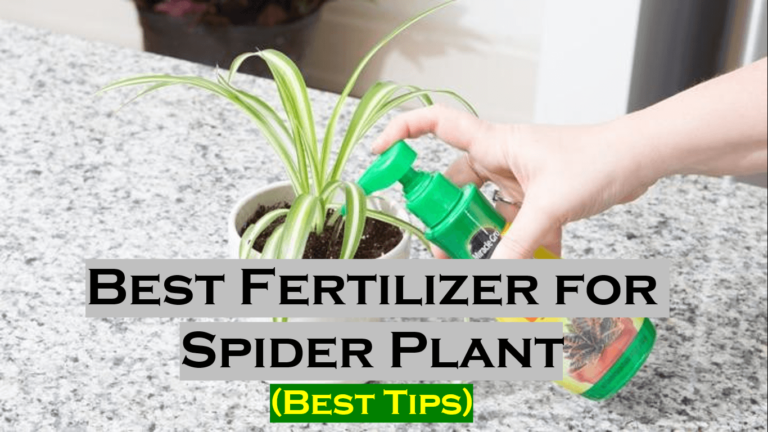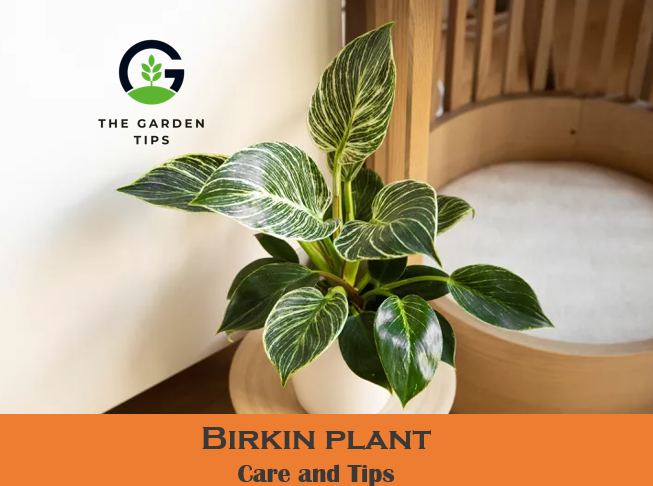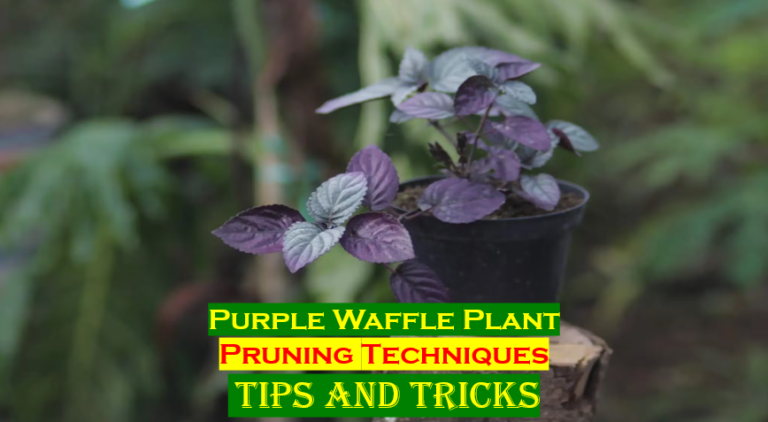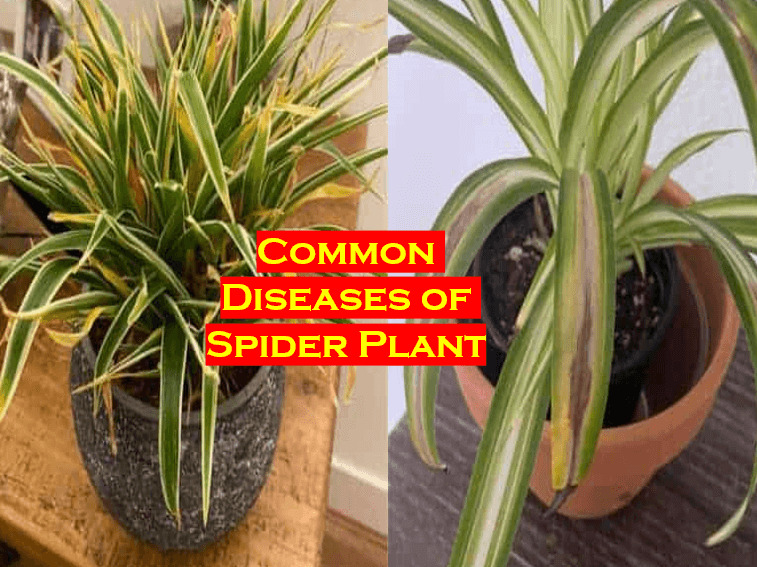Spider plant is beautiful and gives an aesthetic look while kept indoors. Spider Plant Care is not difficult. In the case of pruning, it is not strictly necessary for spider plants. Still, it can be beneficial for maintaining the plant’s shape, encouraging bushiness, and removing damaged or yellowed leaves. Pruning can also help to promote new growth and keep the plant neat and tidy.
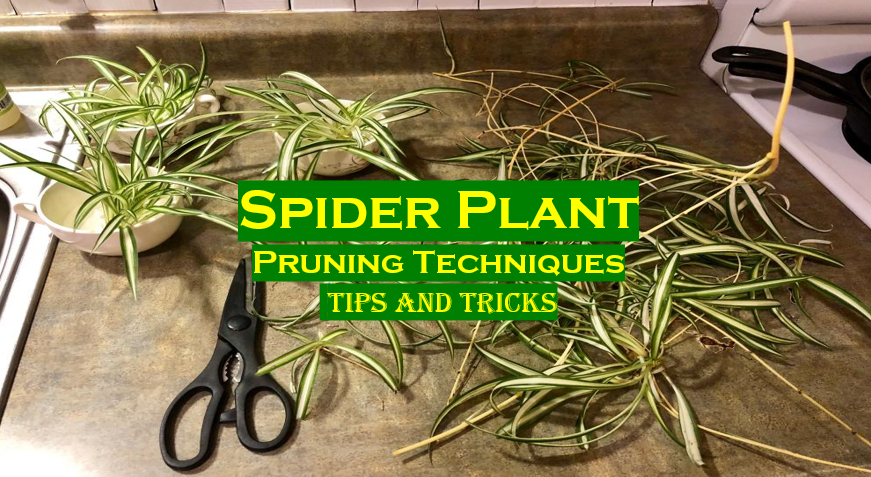
If the spider plant is not too large and does not have many brown or yellow leaves, it may not require pruning. However, if the plant is becoming too large or is showing signs of damage, pruning can help to improve its overall health and appearance.
It is also a good idea to prune the spider plant if it is getting too leggy or if the leaves are too close to the ground. This will encourage new growth and bushiness.
Different Pruning Techniques for Spider Plant
Deadheading
This technique involves removing the brown or yellow leaves from the plant. This can be done by cutting the leaves off at the base or pinching them off with your fingers.
Trimming
This technique involves cutting back the leggy or overgrown growth of the plant. It can be done by cutting the stems back to a more manageable size or pinching them.
Propagation
This technique involves using the cuttings from the plant to propagate new plants. To do this, cut from a healthy stem, remove the lower leaves and let it dry out for a day before sticking it in soil or water.
Root pruning
This technique involves removing the outermost roots of the spider plant, which can help to control its size and promote new growth. This is done by gently removing soil from around the base of the plant and cutting away any large or thick roots with a sharp pair of scissors.
Topping
This technique involves removing the top of the plant, which can help to control its size and promote bushier growth.
Step-by-Step Guide to Prune your Spider Plant
Pruning a spider plant is simple and can be done any time of the year. Here is a step-by-step guide to pruning your spider plant:
Gather your tools
You will need a sharp pair of scissors or pruning shears.
Identify the areas to be pruned
Look for any brown or yellow leaves and any leggy or overgrown growth. These are the areas that should be pruned.
Make your cuts
Use your scissors or pruning shears to make clean cuts just above a leaf node (where a leaf is attached to the stem).
Remove any brown or yellow leaves
These leaves should be removed entirely and discarded.
Trim off any leggy or overgrown growth
These areas can be trimmed back to a more manageable size.
Dispose of the trimmings
Discard the trimmings in the trash or compost pile.
Water and fertilizer
Give your plant good watering and fertilize it to encourage new growth.
Tips and Tricks while pruning your Spider Plant
For most houseplants, it is best to trim during the active growing season, spring and summer. Here are some tips and tricks to keep in mind when pruning your spider plant:
Use sharp tools
A sharp pair of scissors or pruning shears will make clean cuts and reduce the chances of damaging the plant.
Be mindful of the plant’s shape
Prune your spider plant to maintain its shape and encourage bushiness.
Be selective
Only remove the leaves and stems that are damaged, yellow or brown.
Don’t over prune
Over-pruning can stress out the plant and slow down its growth.
Keep an eye out for pests
Pruning can sometimes expose pests that may be hiding on the plant.
Keep an eye on the moisture level
Spider plants prefer to be in moist soil but not waterlogged.
Common issues while pruning your spider plant
Leaf browning
It can occur if the plant is overwatered or the soil is not well-draining.
Pest infestation
Pruning can sometimes expose pests that may be hiding on the plant.
Slow growth
If the plant is over-pruned, it may take a while for new growth to appear.
Yellowing leaves
It can occur if the plant is underwatered or if the soil is too dry.
Wilting
It can occur if the plant is not getting enough water or if the soil is too dry. By keeping these tips and tricks in mind and addressing any issues that arise promptly, you can help keep your spider plant healthy and thriving.


